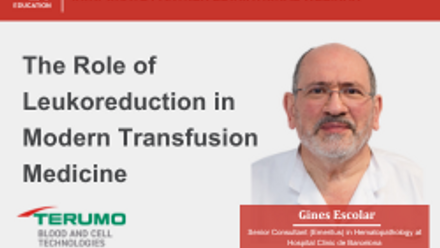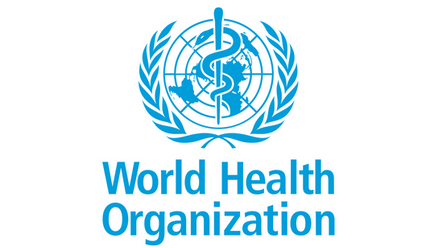Repurposing surplus plasma and expired platelets into useful biotherapies
Abstract
Substantial volumes of plasma and platelet concentrates are discarded annually when they exceed transfusion needs or reach the end of their shelf life. Rather than treating these surplus units as waste, blood establishments can repurpose them into safe, useful biotherapies. This updated perspective article highlights practical approaches to valorize surplus blood and plasma through preparation of pathogen-reduced cryoprecipitate and cryoprecipitate-reduced plasma; serum eye drops; mini-pool immunoglobulins; and contract fractionation to produce plasma derived medicinal products (PDMPs, e.g., immunoglobulins, clotting factors, and albumin), complemented, where feasible, by commercially sourced PDMPs or alternative recombinant products. Concurrent plasma from plateletpheresis provides an additional underutilized source of plasma potentially suitable for fractionation. Similarly, expired platelet concentrates can be converted into human platelet lysates, growth-factor concentrates, or extracellular vesicles for cell therapy applications and advanced regenerative medicine. Implementation of these developments requires strict alignment with international quality standards, appropriate microbial and viral safety measures, and clear regulatory oversight. Importantly, the clinical use of allogeneic blood products, especially emerging platelet-derived preparations, should be reserved for justified and proven indications. Repurposing surplus plasma and platelets is not only a way to reduce waste, but also an opportunity for blood establishments to play a driving role in the delivery of safe, evidence-based biotherapies that augment and expand treatment options, improve patient outcomes, and foster national strategic independence, sustainability and resilience in access to current and emerging biotherapies.



